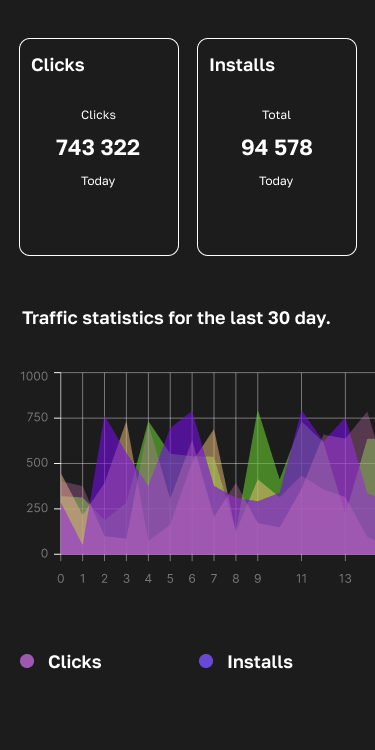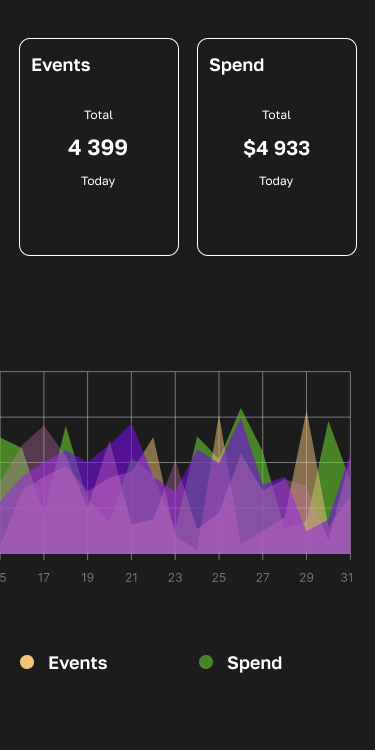In the performance marketing space, one persistent question still shapes how we allocate mobile user acquisition budgets: do paid installs cannibalize organic growth or complement it? As a data-driven brand, we’ve closely examined the latest industry benchmarks and experimental research. The evidence is clear: when deployed intelligently, paid user acquisition does more than buy installs, it helps unlock a multiplier effect that drives incremental organic growth.
Why This Question Matters
Attribution models tend to give us one answer: where users came from. But attribution isn’t incrementality. The true impact of paid advertising isn’t just the number of directly tracked installs, it’s the total lift, including the organic users we may never have reached without it. As competition increases and acquisition costs rise, understanding this complementarity is essential for scaling efficiently.
What the Data Shows
According to multiple industry sources, paid installs often lead to additional organic downloads. This is known as the organic uplift effect.
App Annie’s past benchmarks suggested that for every paid install, brands could expect up to 1.5 organic installs in return. The multiplier varied widely by category: ride-hailing apps saw 16× uplifts; social and multiplayer games also performed exceptionally well. (App Annie)
Trademob found that paid installs generated ~0.6 to 0.9 organic installs, depending on vertical. Gaming consistently outperformed non-gaming in this regard. (Trademob)
AppsFlyer reported a declining trend in organic share from 2016 to 2019, but confirmed that even modest paid bursts still lifted organic installs, especially where virality or store visibility (e.g., rank acceleration) could be triggered. Android apps saw the steepest declines in organic share due to ad saturation on Google Play.
The Most Definitive Evidence Yet
A 2023 field experiment involving a major mobile gaming app provided one of the most robust causal measurements of complementarity to date. When the app paused all paid advertising, organic installs dropped by ~24%.
Regression models showed that every $100 in paid spend generated ~37 direct installs—and an additional ~2.8 organic installs the same day. That means nearly 7.5% of the install volume came from spillover. Over the next 24 hours, there was another ~0.9 organic install per $100 spent. ([GameSpace Study, 2023])
The impact varied by channel. Facebook ads delivered more organic uplift than Google, and some ad impressions triggered cross-channel user behavior: users saw a Facebook ad and later searched the brand on Google, leading to “organic” installs that were indirectly driven by paid activity.
Why This Changes How We Evaluate Paid UA
For us as a mobile-first brand, this confirms what many performance teams have suspected but struggled to quantify: paid UA is often undervalued if we only count attributed conversions.
By ignoring the organic lift, we risk misjudging CPI, undervaluing high-performing channels, and underinvesting in campaigns that drive long-term flywheel effects. The real cost per install is often lower than attribution reports suggest.
What We’re Doing Differently
- We test for incrementality, not just attribution, using controlled geographic and keyword holdouts.
- We evaluate channels on total impact, including cross-channel effects (e.g., Facebook ad → Google search).
- We use uplift models to measure the true ROI of paid UA.
- We invest more in channels that consistently show organic spillover, even if direct CPIs look higher.
Final Thought
Paid and organic aren’t at odds, they’re complementary forces in a modern mobile growth strategy. When used thoughtfully, paid campaigns can amplify discoverability, boost App Store rankings, and create viral loops.
In 2025, we’re not just buying installs, we’re buying momentum. The smartest brands will measure everything, model everything, and capture the full value of every impression.










